Author Recent Posts Urwa Sajjad Ahmed Abbasi Latest posts by Urwa Sajjad Ahmed Abbasi (see all) Disinformation campaigns against Pakistan – May 16, 2023 Geopolitics of Economic Corridors – March 20, 2023 Disinformation on Social Media – March 20, 2023
Economic corridors are a new way for nation states to build partnerships. Such partnerships pave way for regional connectivity with mutual economic benefits. In contemporary times, major powers seek cheap and secure ways to expand their economic influence by connecting with major markets around the globe. Globalisation has raised the importance of regional and extra regional integration as the international actors rely more on each other for economic development. Economic Corridors make it possible for major powers to find new markets and for less developed countries to improve their infrastructure and trade connectivity.
The two emerging corridors in contemporary times are China led Belt and Road Initiative (BRI) and the west led Build Back Better World (B3W). The B3W Project was proposed by G7 countries including the United Kingdom, United States of America, France, Germany, Italy, Canada, and Japan in the year 2021 with a specific purpose to contain China’s economic rise. Although this purpose was never put forth on paper, the design and initial planning of the Project shows the intent of its initiators. The western powers, led by the US, feared the prospects and pace of BRI Projects.
The goal of USICA is to counter China’s global influence by limiting the flow to Chinese goods and services all across the world. While the blue dot initiative was inaugurated by President Biden to counter China’s influence as well as its technological growth. B3W emphasizes human development-based investments in sectors including education, health, women empowerment, and Labour rights etc. As per the 2035 Plan, the G7 countries will provide $40 Trillion to the developing states to mitigate threats posed by climate change, improve health facilities, and enhancement of technology and security sectors etc.
On the other hand, Belt and Road Initiative (BRI) was launched in 2013 for the development of infrastructure in less developed countries. The major aim of China led BRI is to strengthen China’s land and maritime connectivity. This initiative has a huge geographical scope and it is a manifestation of historic cultural ties between Central Asia and South Asia. BRI involves nearly 149 states and is backed by $755 billion of Chinese investment. The focus of these funds will be the speedy completion of infrastructural projects such as, ports, roads, railways, and energy pipelines etc. In order to connect China with the rest of the world, BRI consists of six distinct routes connecting China with Central Asia, Middle East, Africa and Europe.
In a comparative analysis the foremost difference is that BRI is a unilateral initiative led by China while B3W is a multilateral initiative led by G7 states. Secondly, BRI and B3W both have similar approaches, that is, to develop a more connected world with increased financial flow and commodity trade across borders. BRI vs B3W, a race for economic hegemony can be best comprehended through the lens of realist perspective as rivalry between both initiatives is basically a struggle for power on the basis of their national interest to become economically supreme in the world. China’s economic rise is always met with and US’ counter strategies further complicating the situation. As a result, China’s neighboring countries will ultimately have to face internal as well as external challenges as a result of the ongoing super power rivalry.
The BRI vs B3W competition will provide developing nations like Pakistan with more opportunities and diverse alternatives to boost their economies. Where there are several opportunities, there are multiple challenges as well for Pakistan. Both initiatives may enable Pakistan to strengthen policy coordination, infrastructure connectivity, unimpeded trade, financial integration and people to people bonds. In order to gain the most out of this competition, Islamabad would have to pursue a policy of neutrality and effective diplomacy. To deal with BRI VS B3W – a race for economic hegemony, Pakistan needs to opt for policies to reap the maximum benfit out of the two mega projects. A balanced approach must be followed based on the national interests of Pakistan. There is a need for Pakistan to develop good bilateral ties with both China and the G7 states.
- Disinformation campaigns against Pakistan - May 16, 2023
- Geopolitics of Economic Corridors - March 20, 2023
- Disinformation on Social Media - March 20, 2023


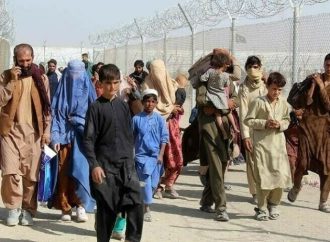

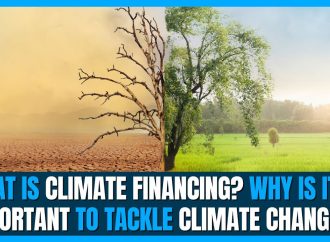
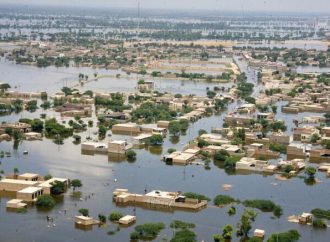
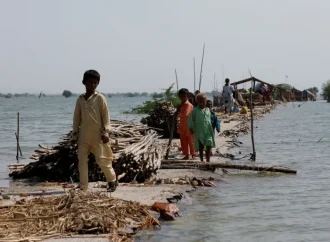
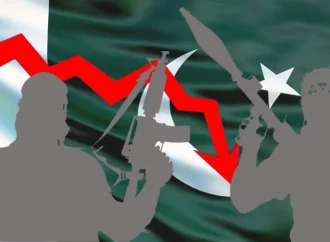

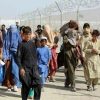



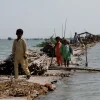
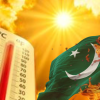







Leave a Comment
Your email address will not be published. Required fields are marked with *